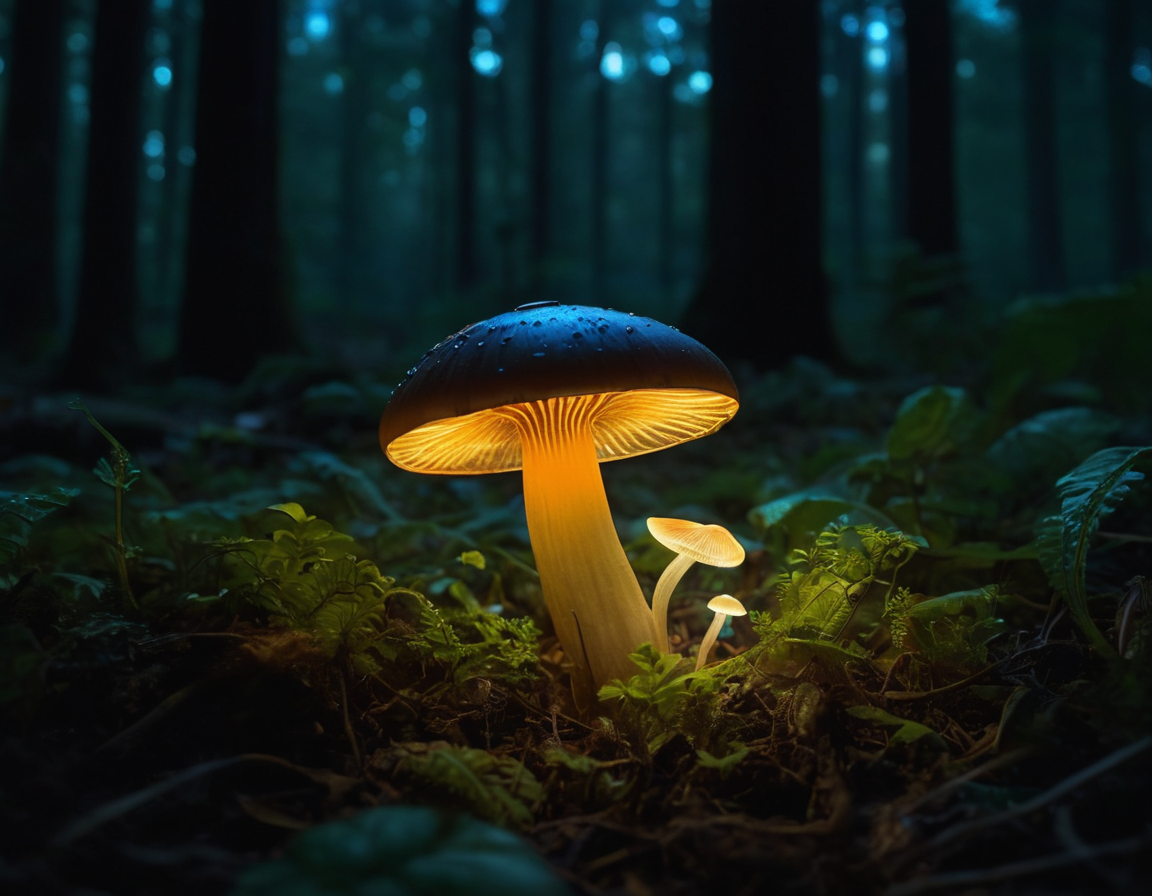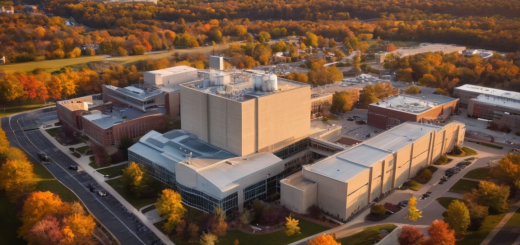The Fascinating World of Bioluminescent Organisms: A Dive into Nature’s Glow
Discover the Glow: Bioluminescence in Nature
Bioluminescence—the ability of living organisms to produce and emit light—has captivated scientists and nature enthusiasts alike. This extraordinary phenomenon is not just a stunning natural spectacle, but it also plays a crucial role in the survival strategies of various species. 
What is Bioluminescence?
Bioluminescence occurs through a chemical reaction that involves a light-emitting molecule called luciferin and an enzyme called luciferase. The reaction produces energy which is released in the form of light. This incandescence has been observed in several forms of life including jellyfish, fireflies, and certain fungi.
The Science Behind the Glow
The chemiluminescent reaction is highly efficient, producing light without heat. This characteristic distinguishes bioluminescence from fluorescence or phosphorescence where external light sources are required for illumination.
Bioluminescence in Marine Life
Marine ecosystems are home to the majority of bioluminescent organisms. Creatures like the deep-sea anglerfish use this ability to lure prey, while others, such as certain species of squid, emit light to confuse predators or communicate.
On Land and in the Air
On terra firma, fireflies are the poster children for bioluminescence. These beetles flash their lights in patterns unique to their species as a way of attracting mates.
Bioluminescent Fungi: A Mushroom’s Light
A lesser-known realm of bioluminescent beauty is that of fungi. Certain mushrooms emit a continuous glow, the purpose of which is still under research but is thought to attract insects that can assist in spore dispersal.
The Role of Bioluminescence in Nature
Bioluminescence serves purposes ranging from defense mechanisms to mating rituals. The fascinating variety of ways organisms use light underscores the adaptability and creativity of life.

Bioluminescence and Its Future Applications
Research into bioluminescence is leading to breakthroughs in medical imaging, where luminescent markers can help track cellular processes. Moreover, the potential for bioluminescent plants or trees to light up streets is being explored—a glowing testament to nature’s potential to influence future technology.
Experiencing Bioluminescence
For those wishing to witness this natural wonder, there are various bioluminescent bays, such as Mosquito Bay in Puerto Rico, where the waters light up with the movements of microscopic dinoflagellates.
A Shift in Ecological Tourism
Ecotourism focused on bioluminescence is growing, offering sustainable ways to appreciate this mesmerizing natural occurrence. It’s an opportunity to learn about the delicate balance needed to preserve these light shows in their natural habitat.
Conclusion
Bioluminescence is a shining example of nature’s magic. Its study unlocks new understandings of life and its ingenuity while providing a breathtaking spectacle that reminds us of our responsibility to respect and conserve the natural world.
Embark on a journey into the enchanting and illuminating world of bioluminescent organisms, and let nature’s nightlight lead the way to wonder.
Ready to explore more about bioluminescence? Take action: visit a local science center or plan your next vacation to a destination known for its natural light shows!






